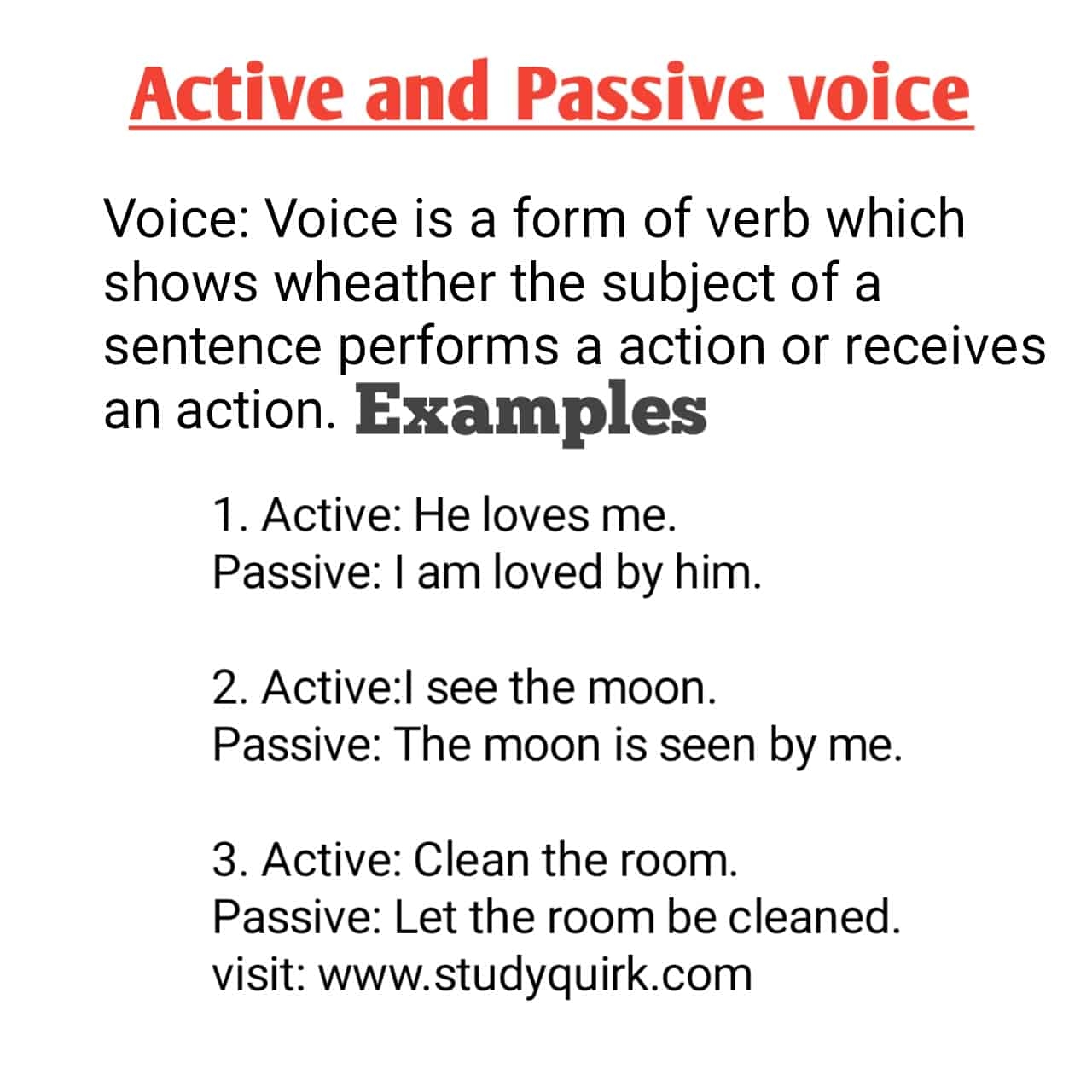Passive voice is a grammatical construction in which the subject of the sentence receives the action rather than performing the action. It is often used to emphasize the action rather than the doer of the action. In passive voice, the object of the verb becomes the subject of the sentence, while the subject of the verb is either omitted or introduced with a preposition.
Many writers and speakers use passive voice to soften the impact of a statement, to avoid assigning blame, or to create a sense of formality. However, overuse of passive voice can make writing sound awkward and less engaging. It is important for writers to understand when and how to use passive voice effectively.
Passive Voice Definition
Passive voice is a grammatical construction in which the subject of the sentence is the recipient of the action rather than the doer. In passive voice sentences, the object of the verb takes the position of the subject, while the subject may be omitted or introduced with a preposition such as “by.” Passive voice is often used to shift the focus of the sentence from the doer of the action to the action itself.
One common example of passive voice is “The book was read by the student.” In this sentence, the book (the object of the verb) is the subject of the sentence, while the student (the doer of the action) is introduced with the preposition “by.” Passive voice can be identified by the use of forms of the verb “to be” (such as “is,” “was,” “were,” etc.) followed by the past participle of the main verb.
While passive voice can be useful in certain situations, such as when the doer of the action is unknown or when the focus is on the action itself rather than the doer, it is often considered less direct and engaging than active voice. Writers should strive to use active voice in most cases to make their writing more clear, concise, and engaging.
Overall, understanding the definition and usage of passive voice is essential for effective communication in writing. By knowing when and how to use passive voice appropriately, writers can enhance the clarity and impact of their writing while avoiding common pitfalls associated with passive constructions.
In conclusion, passive voice is a grammatical construction that emphasizes the action rather than the doer of the action. While it can be useful in certain situations, writers should be mindful of when and how to use passive voice to ensure clear and engaging writing.
